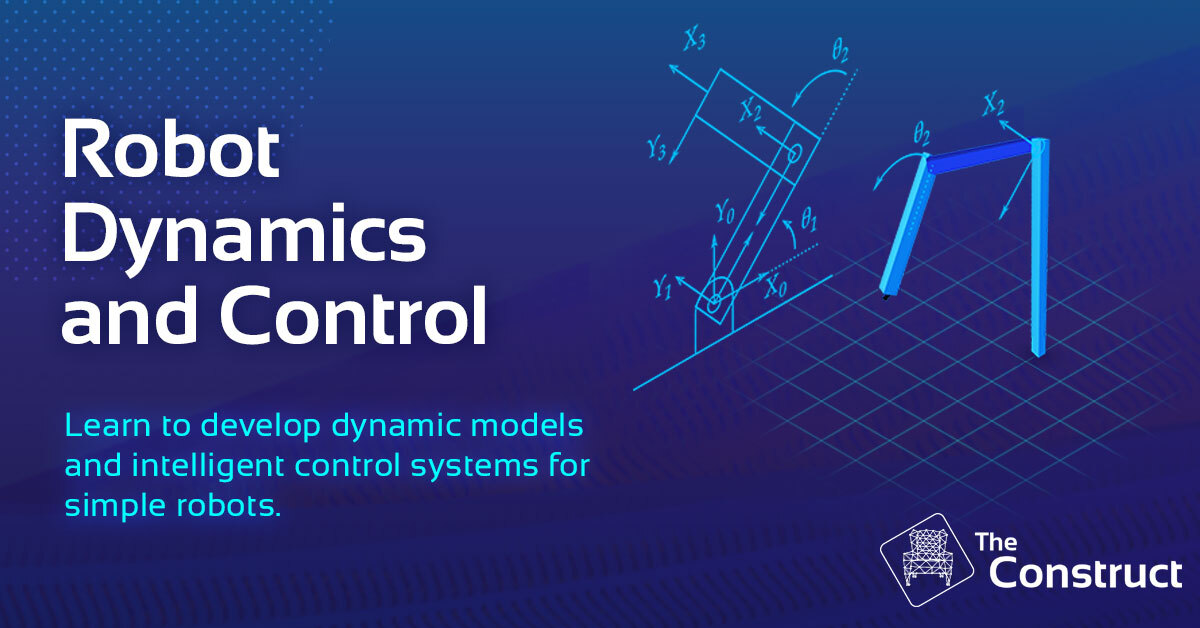Robot dynamics is a branch of robotics that deals with the study of the motion of robots and the forces that act upon them. It is a crucial aspect of robotics, as it enables robots to perform tasks efficiently and safely. Robot dynamics involves the analysis of the kinematics and kinetics of a robot’s movement, including the position, velocity, and acceleration of its joints and end-effectors. In this article, we will delve into the world of robot dynamics, exploring its principles, applications, and importance in the field of robotics.

Principles of Robot Dynamics
Robot dynamics is based on the principles of classical mechanics, including Newton’s laws of motion and the principles of kinematics. The motion of a robot can be described using the following parameters:
- Position: The location of a robot’s joints and end-effectors in space.
- Velocity: The rate of change of a robot’s position with respect to time.
- Acceleration: The rate of change of a robot’s velocity with respect to time.
- Force: The external forces that act upon a robot, such as gravity, friction, and the forces exerted by its actuators.
The dynamics of a robot can be modeled using various mathematical equations, including the equations of motion, which describe the relationship between a robot’s position, velocity, and acceleration. These equations are typically expressed in terms of the robot’s joint coordinates, which describe the position and orientation of its joints.
Types of Robot Dynamics
There are several types of robot dynamics, including:
- Kinematic dynamics: This type of dynamics deals with the study of a robot’s motion without considering the forces that act upon it. Kinematic dynamics is used to analyze the motion of a robot’s joints and end-effectors, and to determine its workspace and singularity points.
- Kineto-static dynamics: This type of dynamics deals with the study of a robot’s motion under the influence of external forces, such as gravity and friction. Kineto-static dynamics is used to analyze the stability and balance of a robot, and to determine its ability to withstand external forces.
- Dynamic dynamics: This type of dynamics deals with the study of a robot’s motion under the influence of time-varying forces, such as those exerted by its actuators. Dynamic dynamics is used to analyze the motion of a robot, and to determine its ability to track desired trajectories and to respond to changing conditions.
Applications of Robot Dynamics
Robot dynamics has a wide range of applications in various fields, including:
- Manufacturing: Robot dynamics is used to optimize the motion of industrial robots, and to improve their performance and efficiency.
- Service robotics: Robot dynamics is used to develop robots that can interact with their environment and perform tasks such as cleaning, assembly, and maintenance.
- Medical robotics: Robot dynamics is used to develop robots that can assist in surgical procedures, and to improve the precision and accuracy of medical interventions.
- Autonomous vehicles: Robot dynamics is used to develop autonomous vehicles that can navigate through complex environments, and to improve their safety and efficiency.
Importance of Robot Dynamics
Robot dynamics is essential for the development of robots that can perform complex tasks and interact with their environment. The study of robot dynamics enables researchers to:
- Improve the performance of robots: By analyzing the dynamics of a robot, researchers can optimize its motion and improve its performance.
- Ensure the safety of robots: By analyzing the dynamics of a robot, researchers can determine its stability and balance, and ensure its safety and reliability.
- Develop new applications: By studying the dynamics of a robot, researchers can develop new applications and expand the capabilities of existing robots.
FAQ
- What is robot dynamics?
Robot dynamics is the study of the motion of robots and the forces that act upon them. - What are the principles of robot dynamics?
The principles of robot dynamics include Newton’s laws of motion, kinematics, and kinetics. - What are the types of robot dynamics?
The types of robot dynamics include kinematic dynamics, kineto-static dynamics, and dynamic dynamics. - What are the applications of robot dynamics?
The applications of robot dynamics include manufacturing, service robotics, medical robotics, and autonomous vehicles. - Why is robot dynamics important?
Robot dynamics is important because it enables researchers to improve the performance of robots, ensure their safety, and develop new applications.
Conclusion
In conclusion, robot dynamics is a crucial aspect of robotics that deals with the study of the motion of robots and the forces that act upon them. The principles of robot dynamics, including Newton’s laws of motion and kinematics, provide a foundation for the analysis of a robot’s motion and the development of new applications. The types of robot dynamics, including kinematic dynamics, kineto-static dynamics, and dynamic dynamics, enable researchers to analyze the motion of a robot and determine its stability and balance. The applications of robot dynamics, including manufacturing, service robotics, medical robotics, and autonomous vehicles, demonstrate the importance of this field in various industries. As robots become increasingly prevalent in our daily lives, the study of robot dynamics will continue to play a vital role in their development and deployment. By understanding the principles and applications of robot dynamics, researchers and engineers can develop robots that are safer, more efficient, and more effective, and that can perform a wide range of tasks with precision and accuracy.
Closure
Thus, we hope this article has provided valuable insights into Introduction to Robot Dynamics. We thank you for taking the time to read this article. See you in our next article!
